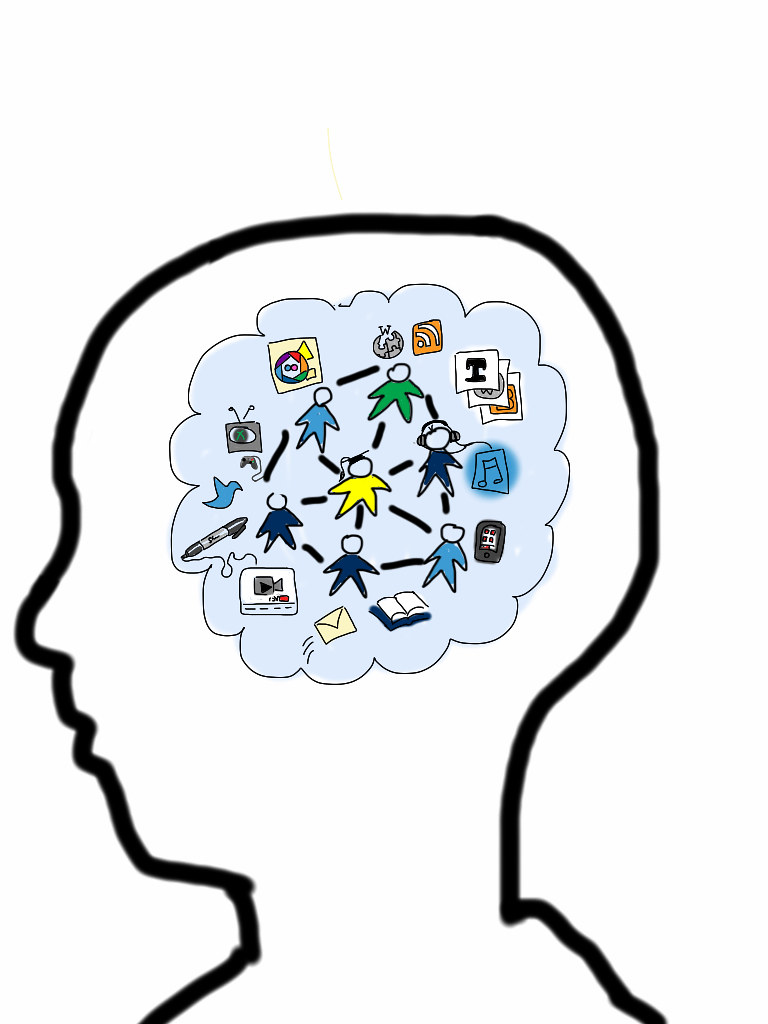After reading this great article titled “15 Characteristics of a 21st-Century Teacher” by Tsisana Palmer from Edutopia that I will link below, I decided to summarize her thoughts and breakdown in this blog post!
Click here to read this article for yourself!

In this article, Tsisana identifies fifteen characteristics of what she thinks a 21st-century teacher would be. I will list a few of my favorites and give my own descriptions as well as some media for your enjoyment! I would like to note again that this list was not created by me; however, the explanations are, I am merely appreciating and reflecting on Tsisana Palmer’s work!
Learner-Centered Classroom and Personalized Instructions
Also known as Student-Centered Learning, this is a type of teaching strategy in which the focus is placed on the students and not on the teacher. In this approach, the teacher is present to introduce the main ideas and current opportunities for the students to explore the topics further based on their interests. This approach has been shown to increase student intrinsic motivation as well as communication skills and transferable skills into the workforce.
Students as Producers
Tsisana describes how in today’s classrooms, instead of having students completing paper worksheets and written assignments to portray their knowledge, teachers should encourage students to create digital content such as blogs, videos, movies, infographics, and so much more! Here is a link to a list of 100 things students can create to demonstrate what they know. By getting rid of paper worksheets and written assignments and replacing them with assessment tools that have transferrable skills through technology, students are not only benefiting by learning the content, but also by gaining digital or creative skills.
Learn New Technologies
Teachers should be continually increasing their bank of knowledge when it comes to different programs and sites to be used in the classroom. The more exposure educators have with various modes of technology, the more choice they can provide their students with. Tsisana gave a link to www.lynda.com where educators can learn about new forms of tech.
Go Global
I have been learning about Global Education now for the past few weeks, and I find this to be one of the most important things new educators should be learning about. In integrating a global approach to our teaching style, we allow our students to gain an understanding of the world around them by interacting with it. Instead of reading about culture in China, students can actually speak to other students across the Globe and ask them questions directly. This style of teaching has benefits that are unending including communication, empathy, technology, and cultural awareness.
Code
Coding is becoming the language of the 21st-century, and so it is crucial that we are preparing our students for the jobs that will come with that. In learning to code, students are also increasing their understanding of computational thinking, and that skill can be transferred across the spectrum of subjects and professions. Watch this video below on classrooms in England and how they are integrating coding standards into their teaching!
It is imperative to me as a future educator that I am helping my students develop the most useful skills following the times. These characteristics of a 21st-century teacher that Tsisana Palmer listed are great places to begin researching further to do just that.
Let me know what you think makes an educator “21st-century” in the comments below and thanks for checking out my blog!
